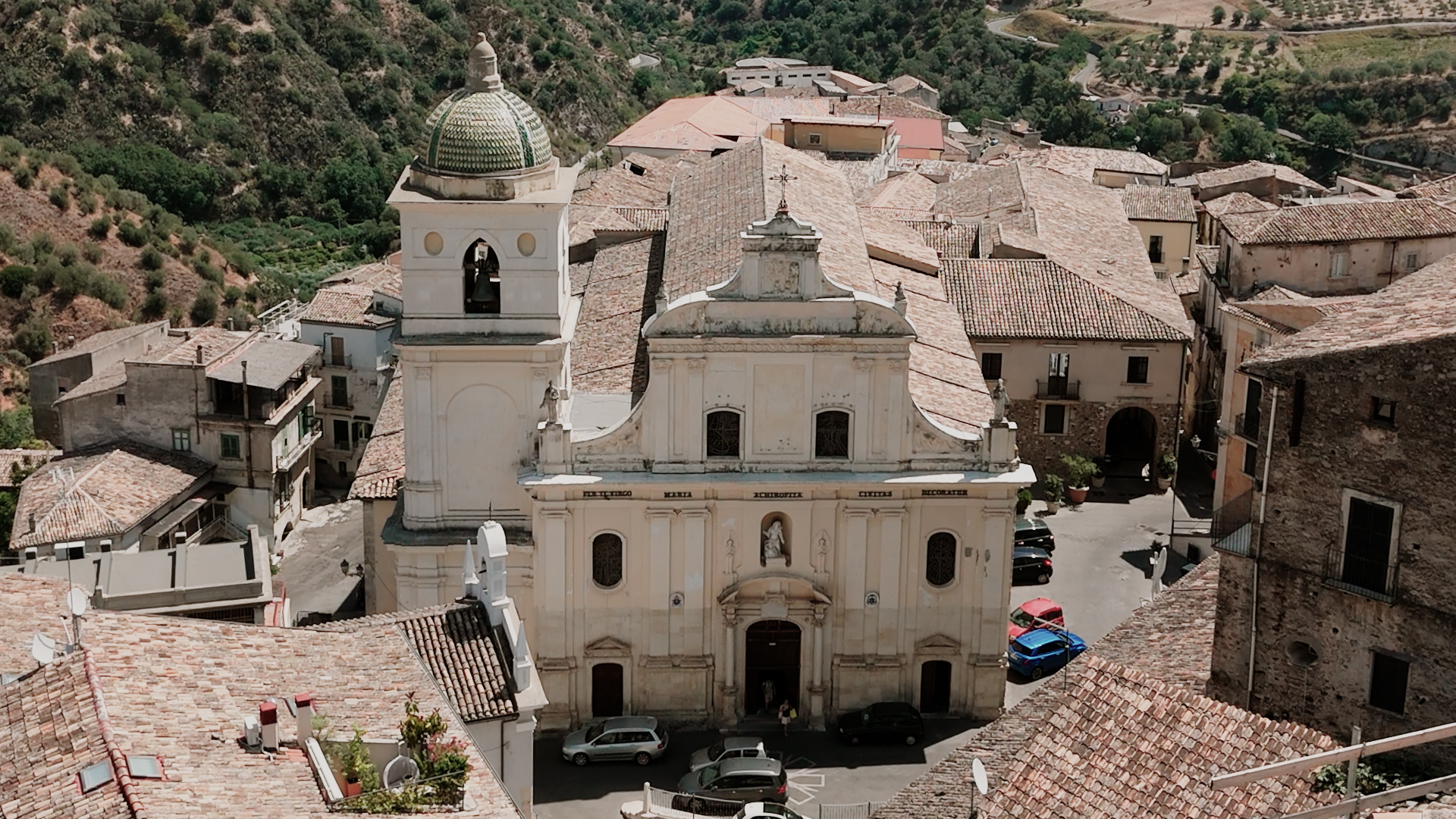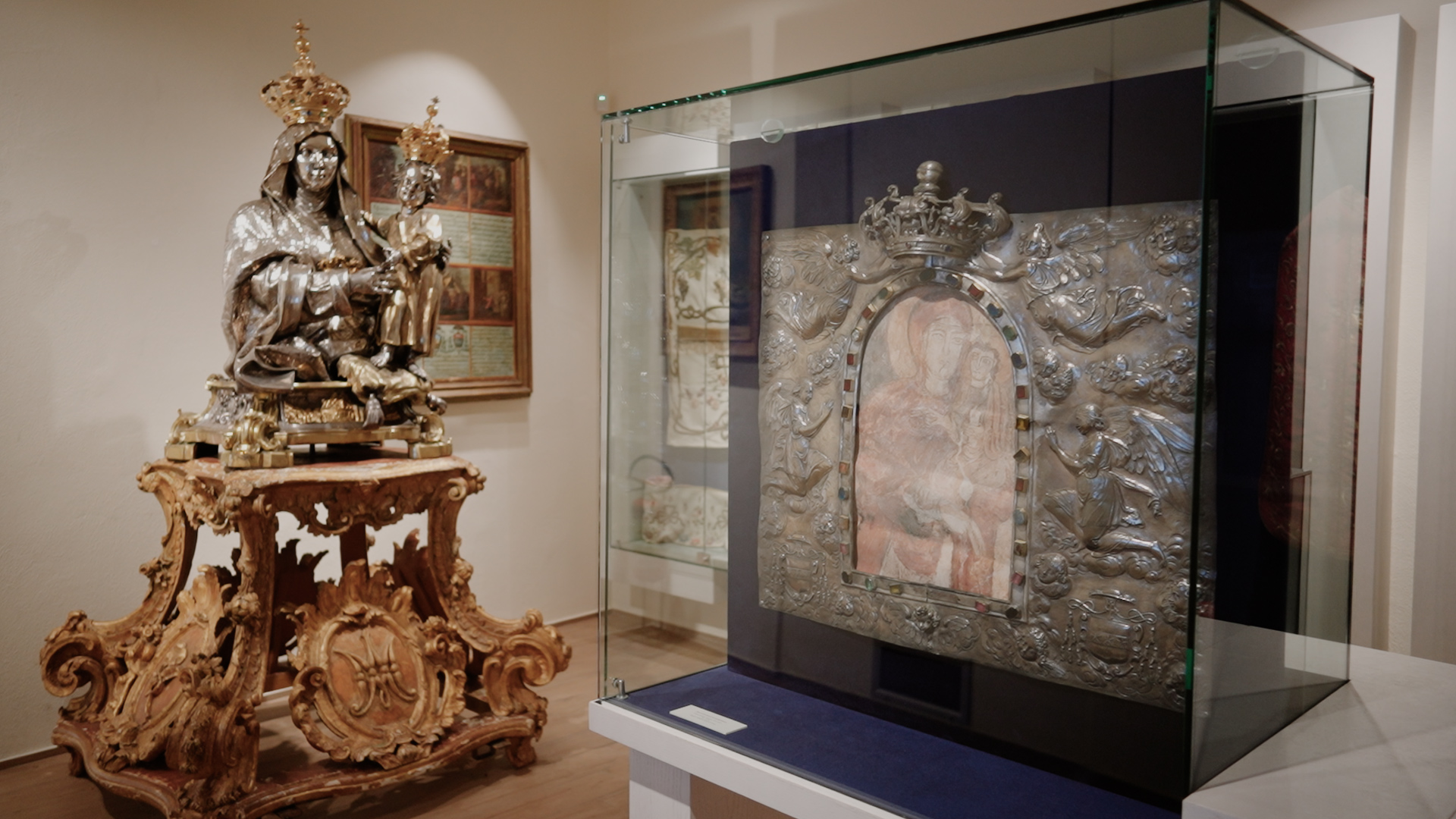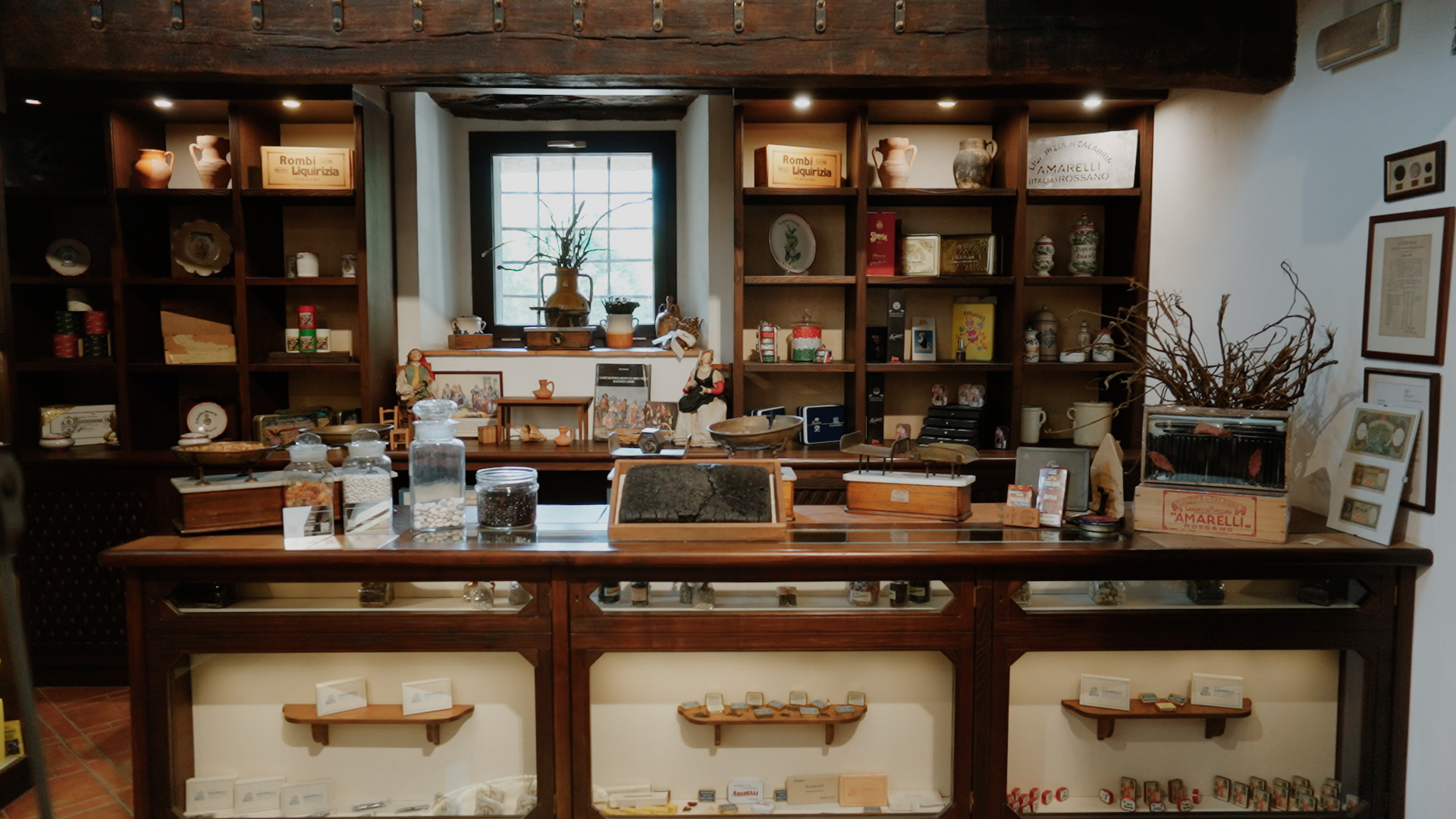Rossano
The city of Rossano is also called La Bizantina because of the concentration of works of art dating back to the Byzantine empire on its territory, a place rich in history and art.
Rossano
The Byzantine
The city of Rossano is also called La Bizantina because of the concentration of works of art dating back to the Byzantine empire on its territory, a place rich in history and art. Its history supposedly began with the Enotrians, but it acquired great importance with the Romans, who made it an outpost to control the Plain of Sybaris. Strolling through the streets of the centre, you can admire several churches and also very special museums.

The Church of Maria Santissima Achiropita is the main building of worship in Rossano and The Cathedral of the Rossano-Cariati Diocese. It was built in the 11th century on a pre-existing hermitage and has undergone many alterations over the centuries, especially between the 18th and 19th centuries. The structure, divided into three naves with apses and a fourth one known as the chapels, houses: a 14th-century baptismal font; a 15th-century Cyprus stone cladding of the Achiropita Icon; four side chapels from the 17th century; gilded wooden roofs from the 17th century; and a large pipe organ from 1622. Inside the sacristy, in 1879, the Codex Purpureus Rossanensis was found, currently kept at the Museum of Sacred Art in Rossano.
The Codex Purpureus, so called because of the purple-red colour that characterises its pages, is a highly prized Greek gospel book that dates back to the 6th century and collects the Gospels of Mark and Matthew in 188 parchment sheets.
The Museum of Sacred Art in Rossano is the first museum established in Calabria, in 1952. The museum itinerary is divided into two strands: one dedicated to the Codex Purpureus, the second to the history of the Diocese and the City, through the exhibition of artefacts and objects divided into thematic and chronological areas.


Rossano is located in an area known for its liquorice, among the best in the world, the famous Liquirizia di Calabria DOP, ‘Oro Nero di Calabria’. And in this satiation stands the ‘Giorgio Amarelli’ Liquorice Museum. A very special museum, which was only opened in 2001 to tell the story of liquorice and that of the Amarelli family, whose activity in the sector began in the 18th century. The Liquorice Museum is housed in a building dating back to the 1400s and contains a vast archive with documents, engravings and period photos illustrating the birth of the company and the first forms of production.
Other sacred buildings not to be missed include The Church of San Nilo, The Church of the Panaghia, The Oratory of Santa Maria del Pilerio and several other minor chapels.




